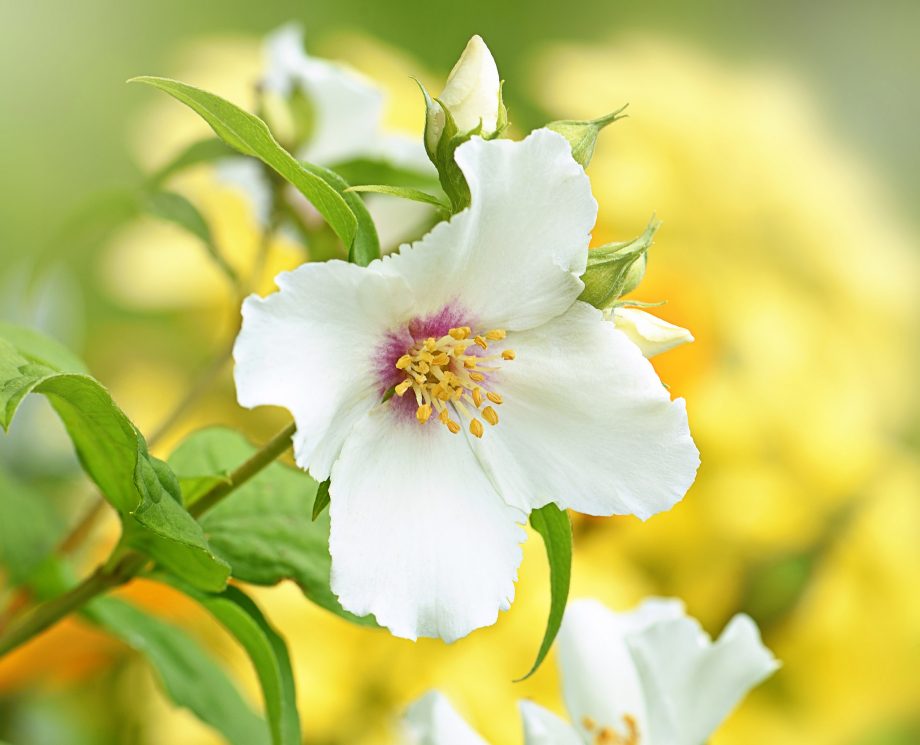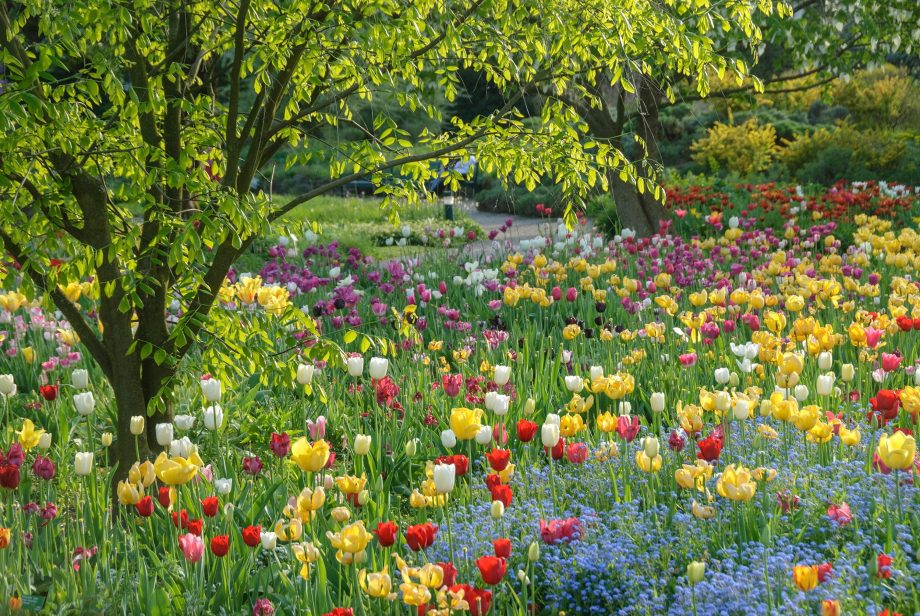Charles Quest-Ritson takes a look at the surprisingly tricky world of growing holly.
I have grown a great number of hollies over the years and, as have many gardeners, have rather taken them for granted as useful evergreens for dry and difficult sites. The truth is that they are among the most impressive and variable of garden evergreens.
Take a species such as Ilex latifolia, for example. Its lustrous leaves are as large and smooth as a laurel’s. No one who encounters this vision of loveliness for the first time could fail to genuflect, even a Protestant.
The main thing to remember about hollies is that they are diecious. This means that some plants are male and some are female. You need both for female ones to produce berries. Don’t be misled by the names: Golden King is female and Golden Queen is male. A good nurseryman will guide you through the social minefield.
Above all, do not despise male varieties. They do not produce berries, but they make plants of great beauty and their pollen is carried on little puffs that let off a sweet scent. A few cultivars are bisexual — J. C. van Tol and Pyramidalis, for example — I did warn you it was a social minefield.
Two hundred years ago, our native holly, Ilex aquifolium, hybridised with a slightly tender species from the Canary Islands called I. perado, to create a race of hybrids known as I. x altaclerensis. Hidden in that Latinised place name is none other than Highclere, the Berkshire estate well known to fans of Downton Abbey.
The I. x alteclerensis hybrids tend to have larger leaves and to be less prickly — better for children’s playgrounds and for garden hedges, unless you want to deter thieves (although hollies tend to have smoother leaves towards the top of the tree).

Ilex Golden King is actually a female plant.
My own favourites? Ladies first. Among the berried beauties, I put Alaska at the top of my list for its small, neat leaves and great quantities of berries. I also rate Rubicaulis Aurea highly; its leaves are variegated and take on a purple tinge in frost. Among the males, it is hard to beat Elegantissima, with small leaves borne on chunky plants.
I also revere fast-growing, super-hardy Ilex x altaclerensis Hodginsii, with big leaves, purple stems and honey-scented flowers: hollies with purple stems always appear darker.
The cultivars with gold variegation in the middle of the green leaf, such as Golden Milkboy (male, therefore properly named), can be very striking, but they have a tendency to revert, which means one spends a lot of time cutting out branches that no longer glitter with gold. The female cultivar called Ripley Gold reverts less than most.
Once you notice the intriguing variability of holly leaves, it is hard to know where to stop. The ultra-prickly cultivars, such as Ferox Argentea, are deservedly popular. But my own best-in-garden holly must be Ilex aquifolium Pendula, the weeping form of our common holly, which should be bought, if possible, as a specimen tree, grafted 10ft high. It will then splay out like a crinoline right down to ground level.
There are other species — some 500 from which to choose. I revere Ilex kingiana and its form Chestnut Leaf; both have huge leaves and grow well — high and straight — but make a splendid hedge if pruned.

Ilex x altaclerensis Hodginsii
However, I don’t see the point of all those so-called ‘blue’ hollies — cultivars of Ilex x meserveae — from the US. Their leaves are not even blue, for starters. I also can’t be doing with Ilex crenata, a dainty little Japanese job (for ‘dainty’, read ‘dull’), that the pundits assure us is the best substitute for all our dying box hedges. Boring.
Holly comes into its own at Christmas, but the birds will have taken most of the berries by the beginning of December. That’s not true of cultivars with orange or yellow berries (Amber and Bacciflava are the best), which usually remain untouched until well into the New Year and sometimes until spring brings greater excitements. But you never can tell: the birds will strip every berry off one holly, but not touch an identical one next to it. I don’t know why, but birds know best.
The person who knows everything about hollies is Louise Bendall, a supercharged octogenarian who grows hundreds of them in her Hampshire arboretum. I have learned more from her than from years of growing them. Her steadfast message is that hollies must be shaped to show their best and she prunes all hers by hand. Mounds, columns, lollipops and fancy topiary jobs are easy to create and give character to small gardens. Try it. Most of Mrs Bendall’s are pudding-shaped and march across her hillsides in glittering battalions.
Armies of puddings? Well yes, it’s the best way to describe them. Mine amount to no more than a small platoon, but ‘you must prune,’ she says, ‘and keep pruning’. So I do, and am grateful. Hollies are so very obliging.

Charles Quest-Ritson: Why every gardener in Britain should be growing philadelphus
Charles Quest-Ritson's list of flowers that every garden should own includes the usual names — rose, daffodil, clematis. But he'd also

Charles Quest-Ritson: What English country gardeners can learn from their German counterparts
Charles Quest-Ritson has spent years making trips to Germany to gather ideas and new plants — but is puzzled that nobody

The Loch Ness blackberry: A welcome monster
Charles Quest-Ritson offers his advice on taming this exquisitely flowered fruit.

The plucky amateur gardener who created ‘blue holly’, and spawned a trend which stretches the world




